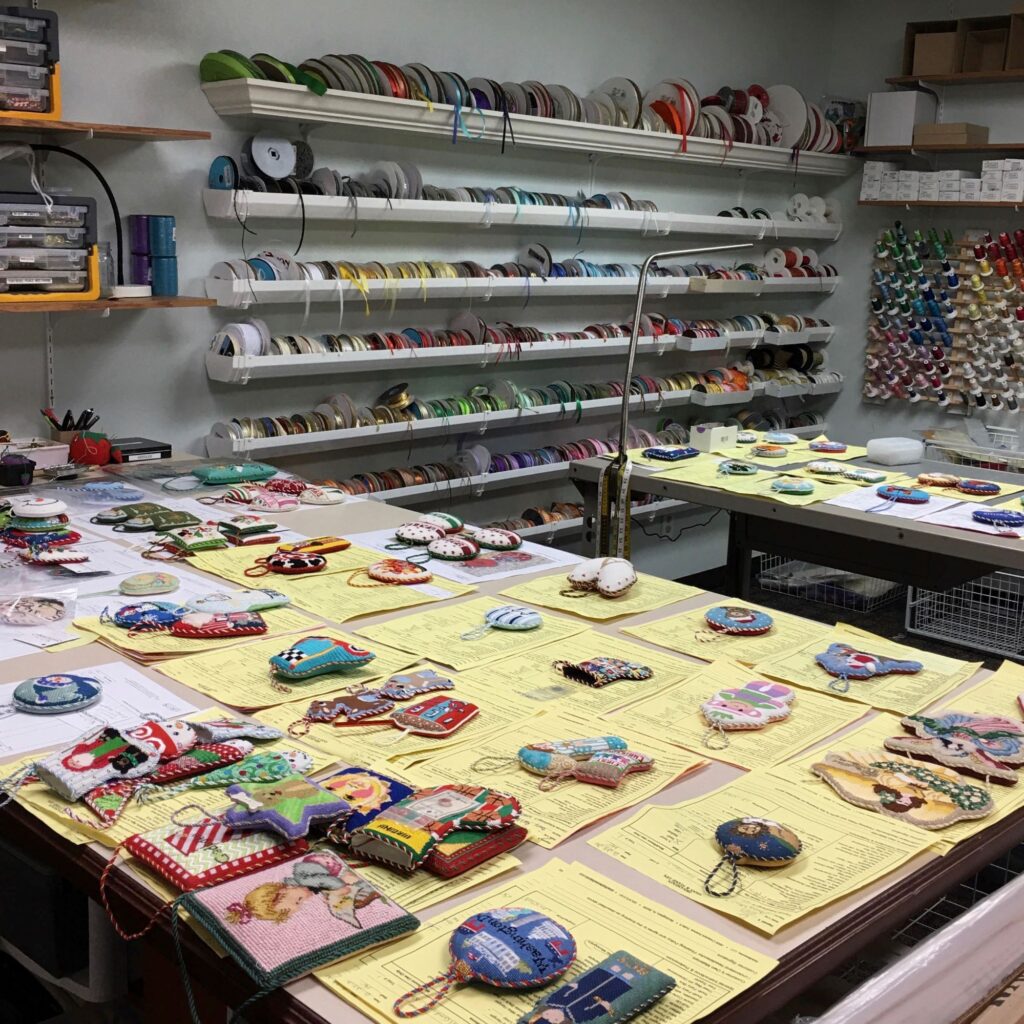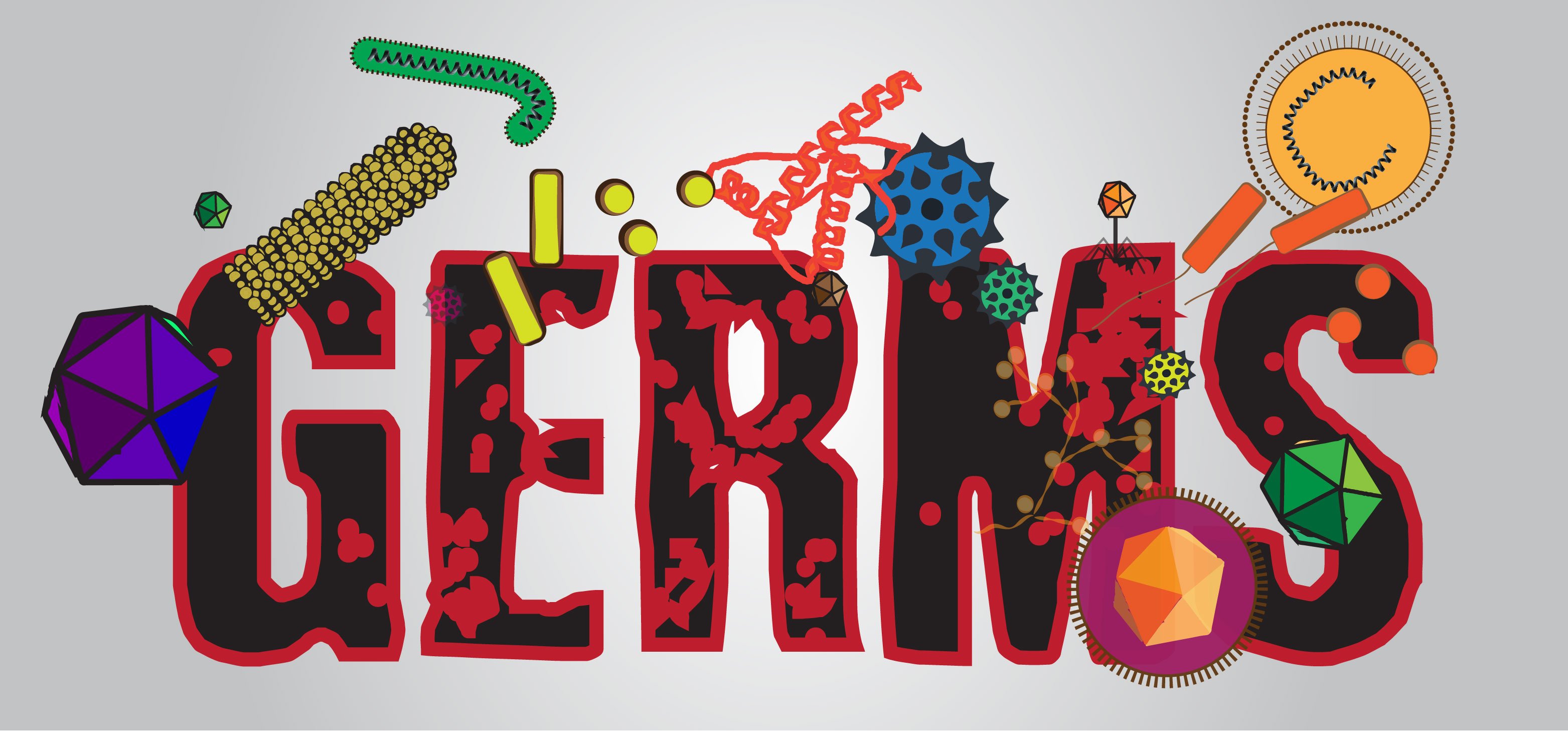The Sega Dreamcast's library is home to a lot of exceptional games, but one of its biggest strengths is undoubtedly fighters. Such standouts as Power Stone, Marvel vs. Capcom 2 and Soulcalibur immediately spring to mind. While my technical ability with most fighters is probably akin to that of a caveman banging a rock against the ground, I do really enjoy the Dreamcast's celebrated library of fighting titles.While the Dreamcast's predecessor, the Saturn, came packaged with a stock pad that many consider to be one of the finest entry level controllers for fighting games, the Dreamcast's standard controller pales in comparison, with most complaints being levelled at its D-Pad. This issue resulted in many picking up Sega's excellent Dreamcast arcade stick back in the day. Play styles differ, however, and those who wanted something that they could grip with both hands sought out the ASCII Pad FT. This lovely controller is probably the closest any officially licensed controller got to mimicking a Saturn controller, and it even came with built-in rumble. Build-wise, it was a slightly chunkier recreation of what the Saturn controller originally offered, but that wasn't necessarily a bad thing. It does get deducted points for having no shoulder buttons, however.But now, in 2025, controller manufacturer Retro Fighters have dropped their latest take on a Dreamcast fight pad, the D6, and it's looking very Saturn pad-shaped! In fact, it clearly takes cues from both the Saturn pad and the ASCII Pad FT, looking like an amalgamation of the too. It even features the exact same circular convex D-Pad.While some Dreamcast fighting game aficionados have praised Retro Fighters' StrikerDC Wireless controller, it was originally designed to be more of a good all-rounder, whereas the D6 aims to satiate fans of that genre specifically. This controller is available in both black and white, and is compatible with the Dreamcast, Switch and PC. It went up for pre-order in September of last year for a price of $49.99 (about £38). Retro Fighters were kind enough to send us one to review.Top: StrikerDC WirelessBottom: The D6If you're unfamiliar with Retro Fighters' previous Dreamcast outing, it achieved its wireless functionality with a receiver that connects into the controller port, and the D6 does exactly the same. This does mean that the only option for Dreamcast with the D6 is wireless, although the controller can function wired with Switch and PC by using the supplied USB to USB-C cable.As the StrikerDC Wireless and D6 controllers don't have VMU slots on them, this receiver is also where you put your VMU. The D6 receiver has additional compatibility with the 4x memory Card, and the upcoming VMU Pro by 8BitMods. It does not currently work with the VM2.While Sega didn't originally intend for us to squint across the room at our VMU screens, this is the method that companies like Retro Fighters, along with Retro-Bit, have opted to go for to keep their price points down. It also removes the risk of wireless connections being interrupted, which can lead to save data on VMUs being corrupted. This technical hurdle has been overcome by Chris Diaoglou with his DreamConn and upcoming DreamConn S, but those controllers are —understandably— much higher in price.Upon plugging the receiver into your Dreamcast, you need to press the triangle button on it, along with the pairing button on the top of the D6 to get the two to pair. While this seems like a relatively simple process, it did take me a few attempts before I could get them to sync together. Despite this quibble, now I've got the controller paired, simply pressing the button on the top of the controller will connect it to the receiver instantly whenever its plugged in.Charging the controller is also as simple as plugging it into the mains using the included cable. A noticeable upgrade from the StrikerDC Wireless that I noticed was the LEDs on the controller (used mainly for indicating which port the receiver is plugged into) light up according to how much charge the controller has, while the StrikerDC wireless just has a single light that comes up to indicate it is charging.Now, on to the controller's form factor. Upon taking the controller out of its box, I was immediately impressed by how good it looks (extra points to Retro Fighters for having the D6 logo incorporate the Dreamcast swirl in some way) and comfortable it felt to hold. It had a decent weight to it, and the build quality felt good. A nice touch is that, although the main bulk of the controller is moulded in typical smooth plastic, the sections that rest in your palms have subtle texturing to aid grip.The evolution (yes, I know a 6-button Mega Drive controller exists, but I don't have one.)The D6's six face buttons are all the same size, like on the ASCII Pad FT, but unlike that controller, it retains the nice clicky shoulder buttons of the Saturn pad. In fact, everything on the D6 is clicky, thanks to the "Kailh" micro-switched buttons.While the form factor, D-Pad and face button layout of the D6 is familiar to that of the Saturn and ASCII Pad FT, the feeling of playing with micro-switched buttons could not feel more different. I booted up a few of my favourite fighting games, along with a few that were new to me, just to see how I got on with it, only to quickly realise that expecting the D-Pad to move and rock under the thumb in the same way it does on the Saturn or ASCII pads was a losing battle. The new micro-switches may have been implemented to aid input accuracy, but the clickiness of the D-Pad completely contradicts what my thumb has grown used to from those other controllers over the years. The D-Pad felt looser on them —in a good way— while the D6's feels stiffer (get your head out of the gutter). Time will have to tell if this is something I can get to grips with. It really makes me wonder how the D6 would feel to someone who has never used either of those other controllers before. You may say it's unfair to draw these comparisons when assessing the D6, because as far as I'm aware, Retro Fighters have never made reference to either the Saturn pad or ASCII Pad FT in any of their promotional material for this controller. But c'mon, the inspiration is obvious.Despite this, controlling side-on fighters like Capcom vs. SNK 2, Project Justice (Rival Schools 2), and the (new to me) Atomiswave port of Samurai Shodown VI felt decent enough, and from what I could tell, I had no issues with latency/input delay.For fighters like Power Stone that have you moving around in a 3D environment, the D-Pad works decently enough, although some may still prefer the analog stick for these types of games. The D6's integrated rumble motors did give some lovely feedback when the airship exploded in Power Stone 2, though.Of course, because the D6 is a fight pad, you're probably not going to be jumping to use it with games that aren't fighters, although there's no reason it couldn't work with your favourite shoot 'em ups and even some 2D puzzlers. I actually found the fighting game-inspired control scheme of Tony Hawk's Pro Skater 2 worked surprisingly well with the D6!The controller also has a handful of different button input options, with a little guide for all of them in the instructions, but it all kind of went over my head so I just stuck to the regular button layout and everything seemed to work fine. I also didn't bother to try the supplied USB receiver with my Switch or laptop. It's all about Dreamcast, baby!So those are my first impressions of Retro Fighters' upcoming D6 wireless Dreamcast fighting game pad. I will have to provide an update in the future after I've used it for a while to let you know how it holds up to rigorous play. There were some build quality issues with the triggers on the original wired version of the StrikerDC, but Retro Fighters did fix these issues for the wireless revision; something a number of us here at the Junkyard can corroborate.The D6 controller is out of stock on Retro Fighters' website currently, but hopefully some will be available soon. I did notice that the Retro Fighter's site has an estimated release date of April 29th for the controller, but the fact I’ve already received this review unit may mean a possibility that those who pre-ordered may receive their controllers earlier, and some new stock will come in sooner than we think.
The Sega Dreamcast's library is home to a lot of exceptional games, but one of its biggest strengths is undoubtedly fighters. Such standouts as Power Stone, Marvel vs. Capcom 2 and Soulcalibur immediately spring to mind. While my technical ability with most fighters is probably akin to that of a caveman banging a rock against the ground, I do really enjoy the Dreamcast's celebrated library of fighting titles.
While the Dreamcast's predecessor, the Saturn, came packaged with a stock pad that many consider to be one of the finest entry level controllers for fighting games, the Dreamcast's standard controller pales in comparison, with most complaints being levelled at its D-Pad. This issue resulted in many picking up Sega's excellent Dreamcast arcade stick back in the day. Play styles differ, however, and those who wanted something that they could grip with both hands sought out the ASCII Pad FT. This lovely controller is probably the closest any officially licensed controller got to mimicking a Saturn controller, and it even came with built-in rumble. Build-wise, it was a slightly chunkier recreation of what the Saturn controller originally offered, but that wasn't necessarily a bad thing. It does get deducted points for having no shoulder buttons, however.
But now, in 2025, controller manufacturer Retro Fighters have dropped their latest take on a Dreamcast fight pad, the D6, and it's looking very Saturn pad-shaped! In fact, it clearly takes cues from both the Saturn pad and the ASCII Pad FT, looking like an amalgamation of the too. It even features the exact same circular convex D-Pad.
While some Dreamcast fighting game aficionados have praised Retro Fighters' StrikerDC Wireless controller, it was originally designed to be more of a good all-rounder, whereas the D6 aims to satiate fans of that genre specifically. This controller is available in both black and white, and is compatible with the Dreamcast, Switch and PC. It went up for pre-order in September of last year for a price of $49.99 (about £38). Retro Fighters were kind enough to send us one to review.
 |
| Top: StrikerDC Wireless Bottom: The D6 |
If you're unfamiliar with Retro Fighters' previous Dreamcast outing, it achieved its wireless functionality with a receiver that connects into the controller port, and the D6 does exactly the same. This does mean that the only option for Dreamcast with the D6 is wireless, although the controller can function wired with Switch and PC by using the supplied USB to USB-C cable.
As the StrikerDC Wireless and D6 controllers don't have VMU slots on them, this receiver is also where you put your VMU. The D6 receiver has additional compatibility with the 4x memory Card, and the upcoming VMU Pro by 8BitMods. It does not currently work with the VM2.
While Sega didn't originally intend for us to squint across the room at our VMU screens, this is the method that companies like Retro Fighters, along with Retro-Bit, have opted to go for to keep their price points down. It also removes the risk of wireless connections being interrupted, which can lead to save data on VMUs being corrupted.
This technical hurdle has been overcome by Chris Diaoglou with his DreamConn and upcoming DreamConn S, but those controllers are —understandably— much higher in price.
Upon plugging the receiver into your Dreamcast, you need to press the triangle button on it, along with the pairing button on the top of the D6 to get the two to pair. While this seems like a relatively simple process, it did take me a few attempts before I could get them to sync together. Despite this quibble, now I've got the controller paired, simply pressing the button on the top of the controller will connect it to the receiver instantly whenever its plugged in.
Charging the controller is also as simple as plugging it into the mains using the included cable. A noticeable upgrade from the StrikerDC Wireless that I noticed was the LEDs on the controller (used mainly for indicating which port the receiver is plugged into) light up according to how much charge the controller has, while the StrikerDC wireless just has a single light that comes up to indicate it is charging.
Now, on to the controller's form factor. Upon taking the controller out of its box, I was immediately impressed by how good it looks (extra points to Retro Fighters for having the D6 logo incorporate the Dreamcast swirl in some way) and comfortable it felt to hold. It had a decent weight to it, and the build quality felt good. A nice touch is that, although the main bulk of the controller is moulded in typical smooth plastic, the sections that rest in your palms have subtle texturing to aid grip.
 |
| The evolution (yes, I know a 6-button Mega Drive controller exists, but I don't have one.) |
The D6's six face buttons are all the same size, like on the ASCII Pad FT, but unlike that controller, it retains the nice clicky shoulder buttons of the Saturn pad. In fact, everything on the D6 is clicky, thanks to the "Kailh" micro-switched buttons.
While the form factor, D-Pad and face button layout of the D6 is familiar to that of the Saturn and ASCII Pad FT, the feeling of playing with micro-switched buttons could not feel more different. I booted up a few of my favourite fighting games, along with a few that were new to me, just to see how I got on with it, only to quickly realise that expecting the D-Pad to move and rock under the thumb in the same way it does on the Saturn or ASCII pads was a losing battle. The new micro-switches may have been implemented to aid input accuracy, but the clickiness of the D-Pad completely contradicts what my thumb has grown used to from those other controllers over the years. The D-Pad felt looser on them —in a good way— while the D6's feels stiffer (get your head out of the gutter). Time will have to tell if this is something I can get to grips with. It really makes me wonder how the D6 would feel to someone who has never used either of those other controllers before. You may say it's unfair to draw these comparisons when assessing the D6, because as far as I'm aware, Retro Fighters have never made reference to either the Saturn pad or ASCII Pad FT in any of their promotional material for this controller. But c'mon, the inspiration is obvious.
Despite this, controlling side-on fighters like Capcom vs. SNK 2, Project Justice (Rival Schools 2), and the (new to me) Atomiswave port of Samurai Shodown VI felt decent enough, and from what I could tell, I had no issues with latency/input delay.
For fighters like Power Stone that have you moving around in a 3D environment, the D-Pad works decently enough, although some may still prefer the analog stick for these types of games. The D6's integrated rumble motors did give some lovely feedback when the airship exploded in Power Stone 2, though.
Of course, because the D6 is a fight pad, you're probably not going to be jumping to use it with games that aren't fighters, although there's no reason it couldn't work with your favourite shoot 'em ups and even some 2D puzzlers. I actually found the fighting game-inspired control scheme of Tony Hawk's Pro Skater 2 worked surprisingly well with the D6!
The controller also has a handful of different button input options, with a little guide for all of them in the instructions, but it all kind of went over my head so I just stuck to the regular button layout and everything seemed to work fine. I also didn't bother to try the supplied USB receiver with my Switch or laptop. It's all about Dreamcast, baby!
So those are my first impressions of Retro Fighters' upcoming D6 wireless Dreamcast fighting game pad. I will have to provide an update in the future after I've used it for a while to let you know how it holds up to rigorous play. There were some build quality issues with the triggers on the original wired version of the StrikerDC, but Retro Fighters did fix these issues for the wireless revision; something a number of us here at the Junkyard can corroborate.
The D6 controller is out of stock on Retro Fighters' website currently, but hopefully some will be available soon. I did notice that the Retro Fighter's site has an estimated release date of April 29th for the controller, but the fact I’ve already received this review unit may mean a possibility that those who pre-ordered may receive their controllers earlier, and some new stock will come in sooner than we think.










